Cultures and subcultures can emerge within groups of people with a common interest or shared experience. Goth culture as well as related emo, punk, and grunge cultures provide an interesting example of subcultures that are related, but unique. So how are they defined? And what do we make of the differences between goth vs emo vs punk vs grunge and everything in between?
Subcultures tend to be short-lived. When clothing styles and music change, for instance, the members of certain subcultures often find themselves having to assimilate with the dominant culture. Goth, emo, punk, and grunge cultures, however, have proven themselves to be rather resilient. With a lot that defines them. So let’s dig in.
What is Goth?
It’s difficult to define goth style and the goth aesthetic, but it’s easier to say what it most definitely is NOT. It is NOT a cult. It is NOT made up only of youths. It is NOT a religion. Goth has medieval roots and is derived from very old, even ancient aesthetics.
The original Goths were a tribe of Germanic origin that moved into the area that is now southern Russia in the second century AD. The name Goth took on a darker meaning derived from these conquerors, which symbolically encompasses references to mourning, destruction, and loss. The term gothic was later popularized by Renaissance critics to describe a type of architecture, art, and literature that appeared during that time and that many critics believed had been born out of “the ashes” of earlier periods. Then there came the 1700s and 1800s and the gothic literature movement, epitomized by Mary Shelley’s Frankenstein and many others. This style of fiction blended many of elements of romanticism and horror in order to create tales of human nature confronting evil, darkness, and even ignorance.
What is the connection between gothic tribes, medieval cathedrals, and romantic novels? The word “goth” has been used to describe vastly different aspects of culture that share a similar look, sound, or feel… a touch of darkness and melancholy mixed with romance.
That translates to the 1960s and 70s, where much of what modern goth is synonymous with and defined by is born. In 1965 The Doors were formed, in which the band’s dark sound is later seen as a precursor to the musical punk and goth movements. In 1967 journalist John Stickney described the Doors as “gothic rock” in one of the earliest descriptions of such a sound. Later in 1976 bands like The Clash and Joy Division form. And there you have it. Goth and many of the sounds and styles become a major presence.
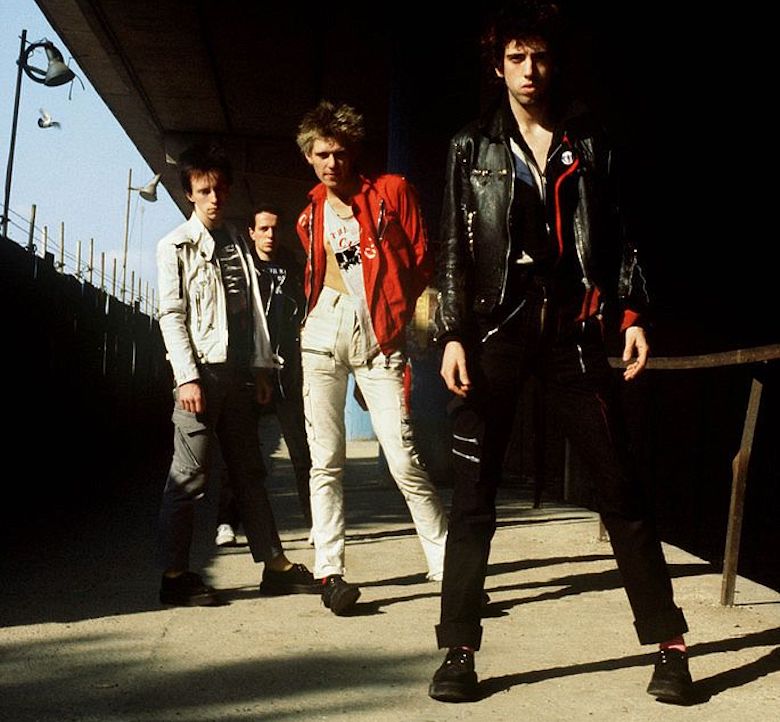
With all of this, though, there remains not an easy and simple definition of goth. But that is how culture works. It is never easily definable, but that is also what makes it such an interesting topic to discuss.
But what about goth vs emo, or goth vs punk, or even goth vs grunge? How are the subcultures differentiated from each other? It’s important to describe each before we see the bigger picture.
Fashion, Art, and Style
- Music: The Cure, Joy Division, Sisters of Mercy, Christian Death
- Clothes: lace and fishnets; corsets; clothes with occult, Celtic or Greek mythology, or other religious or anti-religious themes; goth jewelry with metal, studs, or leather, footwear such as goth-looking combat boots
- Style: beauty in darkness, dark humor, fascination with death
- Subcultures: pastel goth, vampire goth, pagan goth, lolita goth (to name a few)
What is Emo?
Goth emerged primarily in the 1970s and 80s, shortly after rock and metal really established itself in the UK and U.S. On the other hand emo didn’t become a thing until the late 90s or after, even if it originated within the goth subculture. Some who consider themselves emo will argue that this subculture had its roots beginning in the late 1980s and earlier 90s. It is difficult to describe emo as becoming a true cultural force until certain music inspirations came along such as Taking Back Sunday or Death Cab for Cutie, along with screamo styles such as Alexisonfire.
Emo of course is short for “emotional” (primarily referring to emotional punk) and so while it is closely linked with punk and goth fashion and aesthetic, there is a certain concentration in music and art with confessional expression, introspection, emotionally intense feelings, and generally more sensitive lyrics and emotions. The term emo for many started as either “emotional hardcore” or “emotional punk” in the early years while later was shortened to both “emocore” and then just “emo” for short.
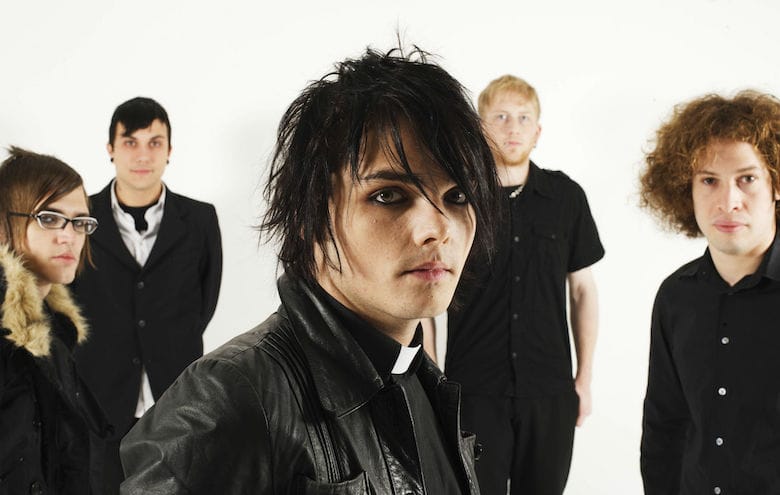
So when it comes to goth vs emo, emo encompasses the same interests in darkness and melancholy expression as with the broader goth aesthetic, but with a concentration on certain emotional expressions that are included in it.
Fashion, Art, and Style
- Music: My Chemical Romance, Fall Out Boy, Panic! At the Disco
- Clothes: ripped jeans, Converse, short-sleeved band t-shirts, hoodies, chokers, wristbands, casual skirts and fishnet leggings
- Style: shyness, emotion, introverted, angst
- Subcultures: emocore, emo pop, screamo
What is Grunge?
The grunge subculture materialized in the 1980s, primarily associated with the Seattle area and the music that emerged at that time. It is commonly described as being a merging of punk rock and heavy metal.
Much of the fashion and style can be described as “slacker” with hand-made or thrift store clothes. This of course can make someone influenced by grunge to look similar to some punk looks with their anti-corporate DIY message, while other times punks or goths with their leather jackets and metal chains can be more distinguishable from grunge.
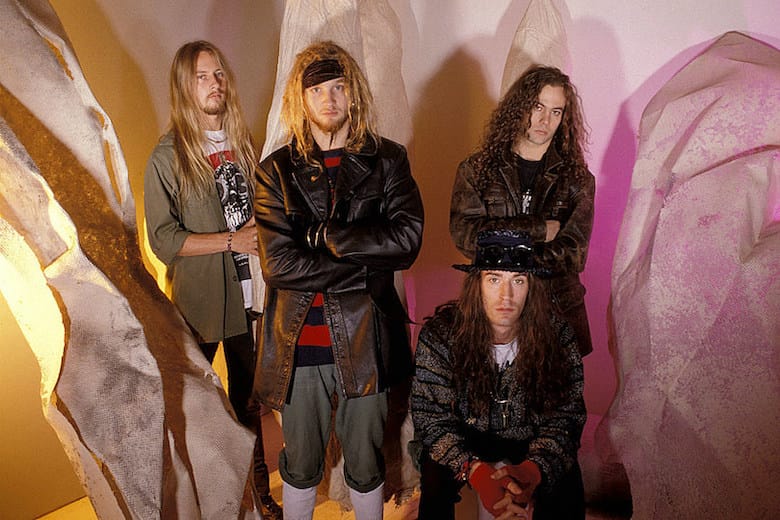
Of all the ones on this list, grunge can most be considered a subculture that was of a time and place. That is, the 1980s and 90s. Although there is “post grunge” and much music, art, style, and aesthetic that still lives on that was inspired by grunge, it is a subculture and sound that has had a definite decline since the 1990s.
Fashion, Art, and Style
- Music: Nirvana, Soundgarden, Alice in Chains, Pearl Jam
- Clothes: oversized knit sweaters, long and droopy skirts, ripped tights, Birkenstocks, thermal underwear, Doc Martens or combat boots
- Style: disenchantment with the state of society, nihilistic, social alienation
What is Punk?
Punk grew from the same subcultures that goth did at roughly the same time, and that is the 1970s and early 80s. It primarily is based on anarchist and anti-government ideals. Other words that can be used that describe components of it: anti-corporate, individual freedom, non-conformity. While some punk style focuses on drugs and sex, there are many “straight edge” punks that resist that component of the subculture and adopt other parts of the punk lifestyle.
Punk is an amalgamation of a number of youth movements and styles that took shape between post-WWII and the 1970s. Punk rock became the most prominent part of the subculture, but with that a collection of themes, ideologies, and fashion trends. But even the punk rock that became a massive force in the 1970s and since had influences from what is deemed garage rock of the 1960s and many other influences.
Many would consider punk the broadest category on this list.
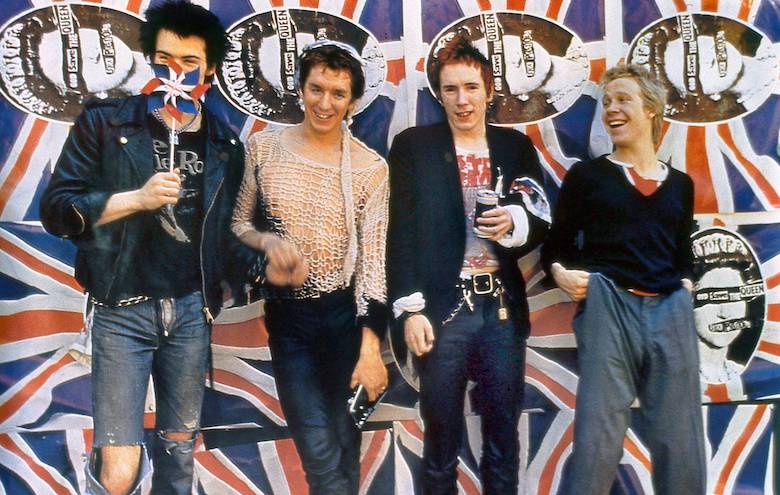
When it comes to goth vs punk, many would see punk as a broader category that includes goth, emo, and grunge… all anti-establishment movements. Punk at its core is about anti-establishment and non-conformity in various ways, and goth, emo, and grunge are taking a certain component of that non-conformity message and concentrating on a certain part of it. For example, goth is a response to a culture that expects people to be bright, sunny, and positive. Grunge is based on a specific Washington-based musical movement of a time that closely aligns with the anti-corporate messages of the punk movement.
While when talking about culture there is a lot of fuzziness and nuance, but much can be found in the punk movement of the 1970s as a precursor to modern goth, emo, and grunge cultures that splintered off of or merged with it at that time and shortly after.
Fashion, Art, and Style
- Music: The Velvet Underground, The Ramones, The Sex Pistols, Green Day
- Clothes: “drainpipe” jeans, plaid or tartan punk pants, leather jackets, footwear such as Chuck Taylors, Doc Martens, or punk-style boots
- Style: non-conformity, anti-authoritarianism, anti-corporatism
- Subcultures: hardcore punk, post-hardcore, straight edge punk, queercore, skaterpunk, horror punk, solarpunk (to name a few)
When it comes to all of these unique but related subcultures, goth vs emo vs punk vs grunge, it’s really a lot of fascinating history.
Last Updated on September 2, 2022.

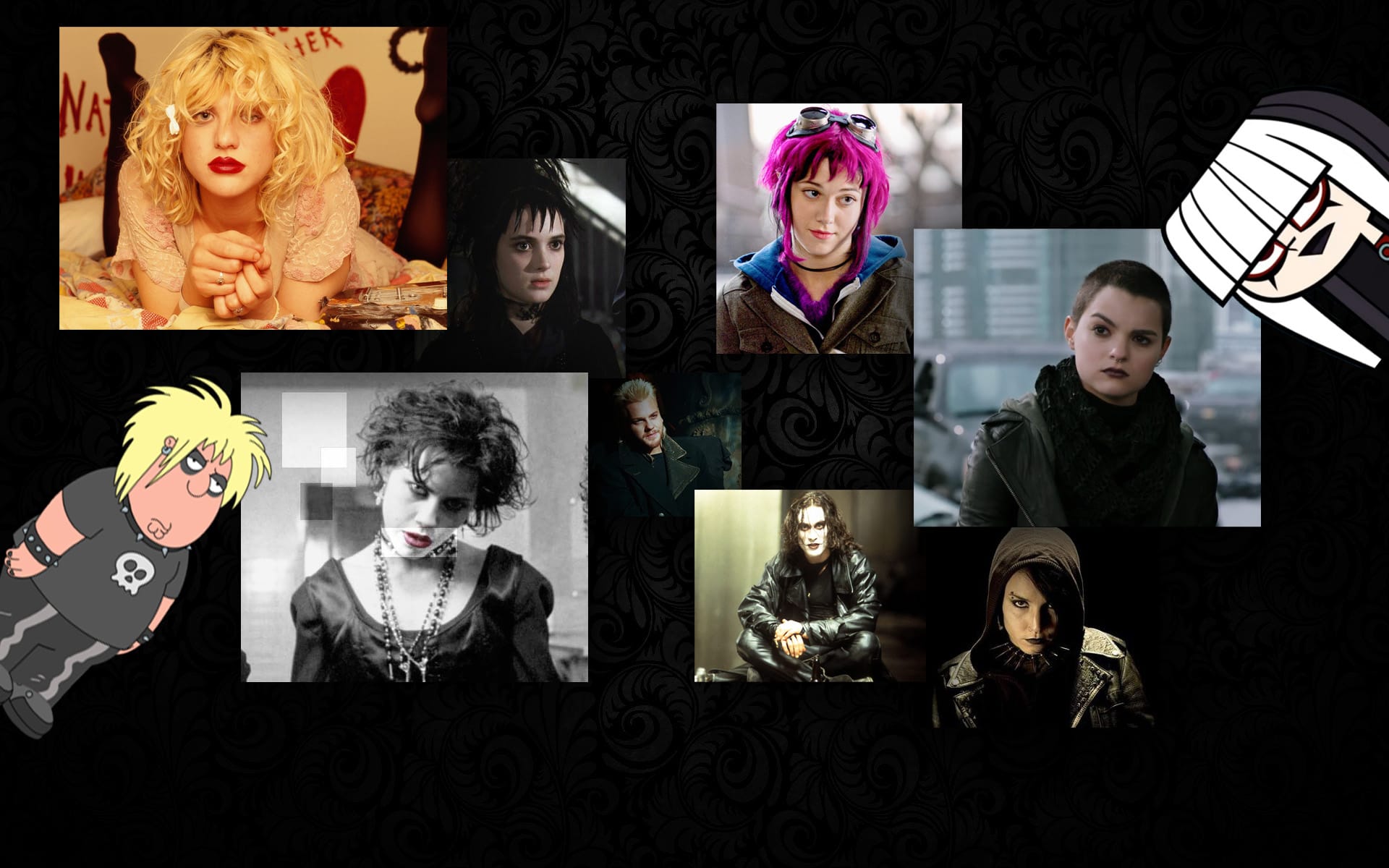
2 Comments